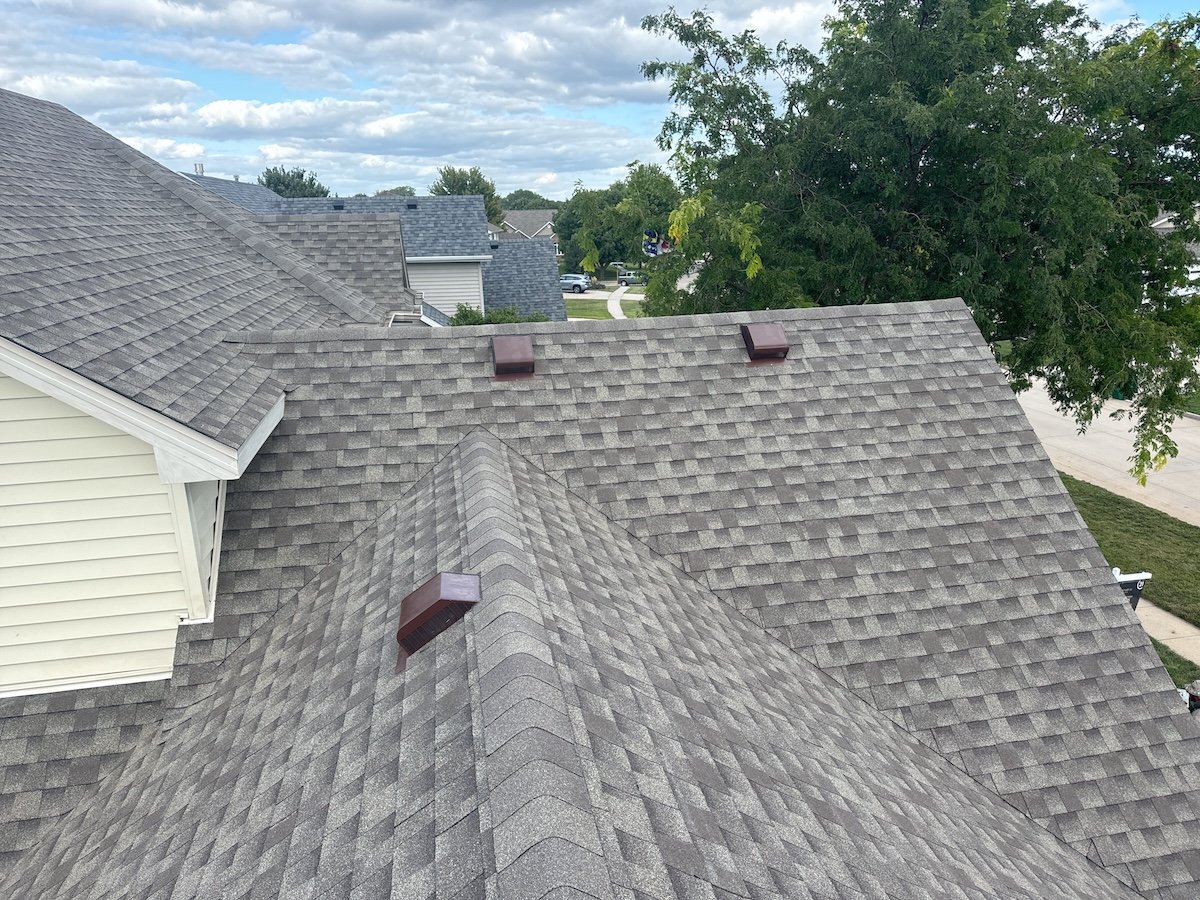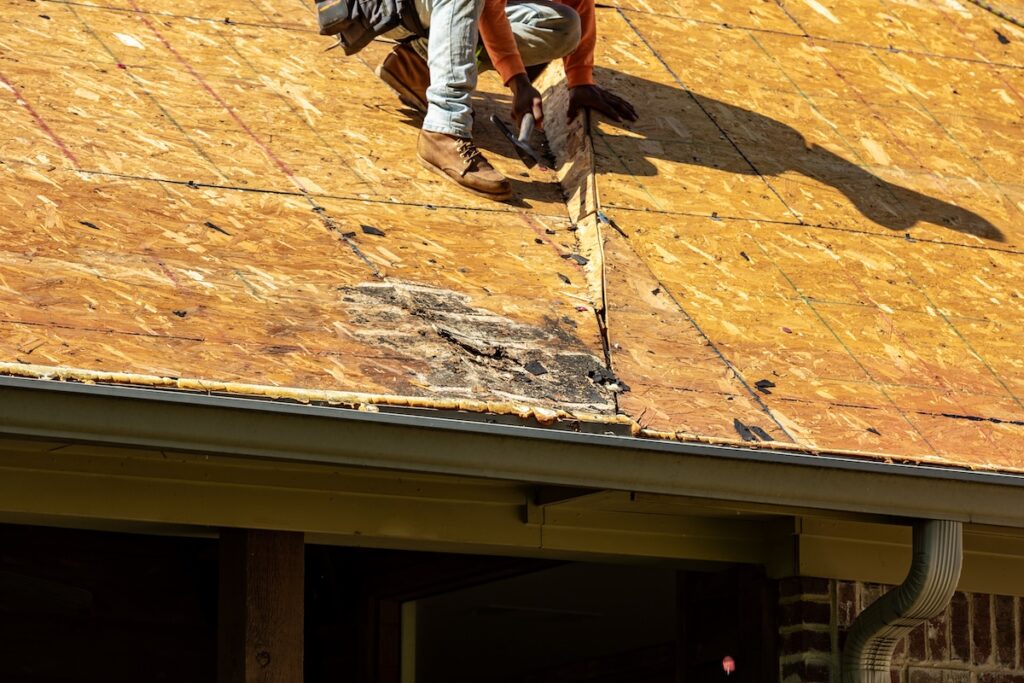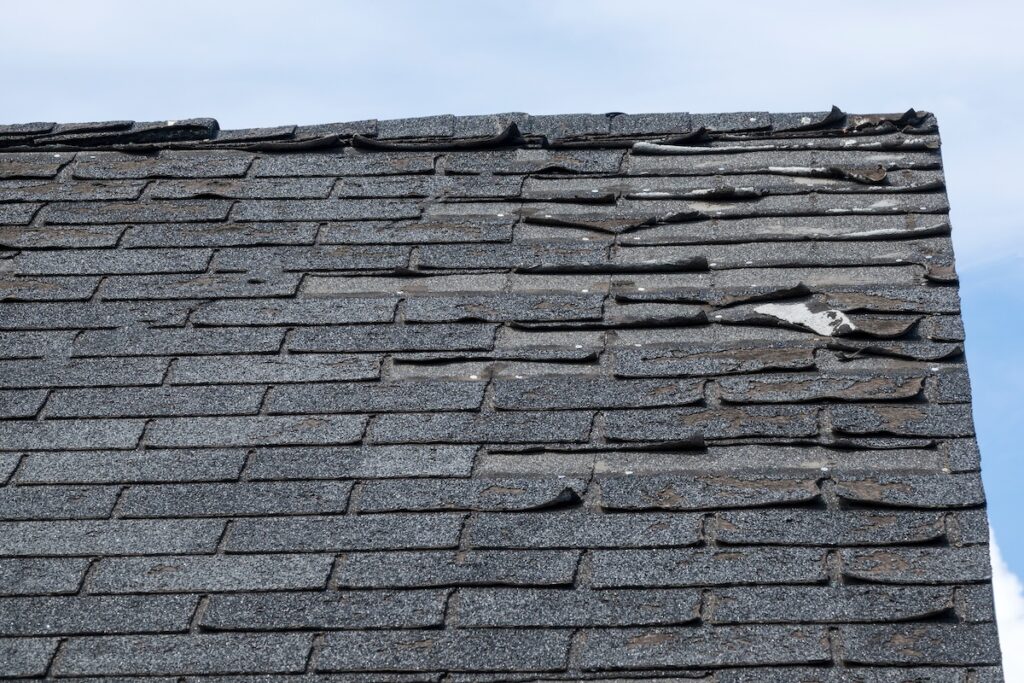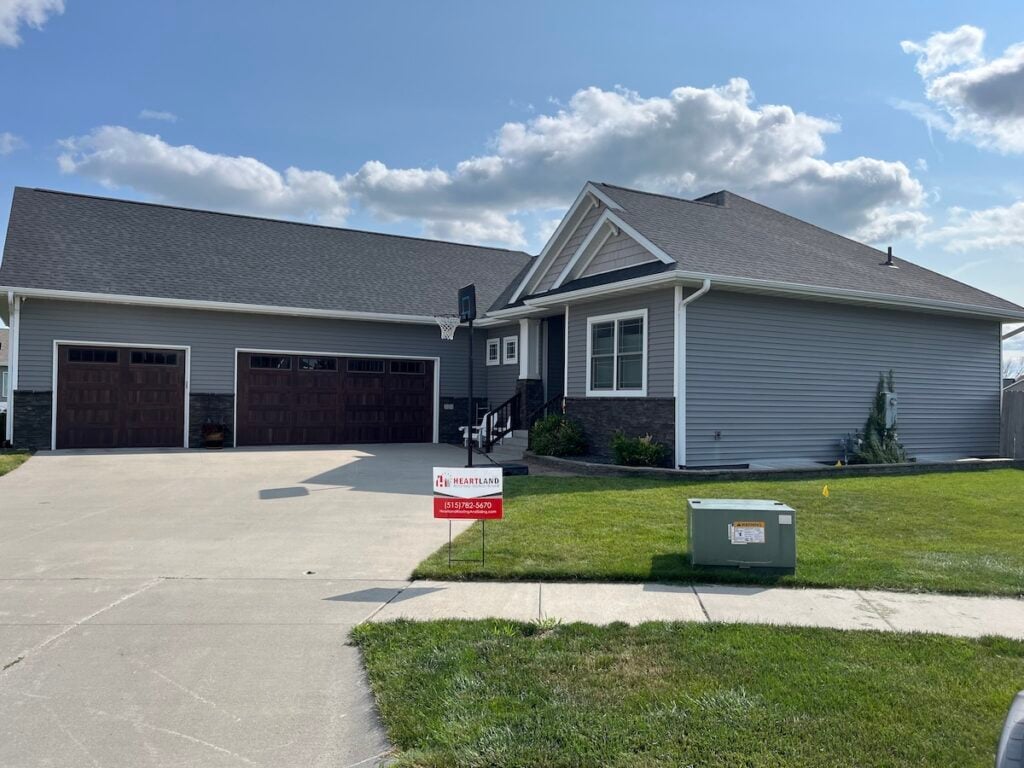
How Long Does A Roof Last? 5 Factors Affecting Lifespan
September 09,2025
7 minutes Read
How long does a roof last? That depends on several key factors including the roofing material, installation quality, local climate, and how well you care for your roof over time. While some roofs last just 15 years, others can protect your home for 50 years or longer with proper maintenance.
- Asphalt shingles typically last 15–30 years depending on type and weather
- Roofing material, ventilation, and installation quality all affect lifespan
- Proactive inspections and roof repair prevent early failure and costly replacements
In this blog, we’ll walk you through the biggest factors that impact your roof’s lifespan and show you how to get the most years out of your current roof.
🪵 Why Roofing Material Type Matters
Your choice of material is the biggest predictor of how long your roof will last. Some materials offer longer durability and better protection, but they often come with a higher price tag.
- Asphalt shingles: Affordable and common, with 3-tab varieties lasting 15–20 years and architectural shingles up to 30.
- Metal roofing: Long-lasting and wind-resistant, with lifespans of 40–70 years depending on the finish.
- Clay and concrete tiles: Heavier materials with lifespans of 50+ years, especially in hot, dry climates.
- Slate roofing: Premium natural stone that can last over a century but requires reinforced framing.
- Wood shakes: Offer 20–30 years with regular upkeep but are more prone to rot and fire.
Asphalt shingle roofs remain the most popular due to their cost-effectiveness and reasonable lifespan, especially when installed and maintained correctly.

🏠 Roofing Design and Ventilation
Your roof’s shape, slope, and airflow all play a role in how long it will last. Proper ventilation reduces heat and moisture buildup in the attic—two factors that can age your roof faster than normal.
Roof Pitch and Drainage
The pitch of a roof plays a major role in how effectively it sheds water. Steep-sloped roofs naturally allow rain and melting snow to run off quickly, which reduces the risk of standing water, ice dams, and leaks. This makes them more resilient in regions with heavy rainfall or snowfall, as gravity does most of the work in keeping water moving away from the surface. On the other hand, low-slope and flat roofs face greater challenges when it comes to drainage. Because water tends to linger, these types of roofs require specialized materials such as modified bitumen, single-ply membranes, or coatings that are designed to resist pooling and long-term moisture exposure. Flat roofs also demand well-designed drainage systems, like internal drains or scuppers, to prevent damage. Property owners with low-slope roofs should plan on more frequent inspections and maintenance since small drainage issues can escalate quickly into costly structural problems.
Attic Ventilation
Proper attic ventilation is just as important as the roof covering itself. Without sufficient airflow, heat builds up inside the attic, essentially “cooking” the roofing system from below. This trapped heat is especially destructive to asphalt shingles, causing them to warp, crack, and age prematurely. In colder climates, poor ventilation also increases the risk of ice dams, which form when heat escapes through the roof and melts snow unevenly. A balanced system of intake and exhaust vents helps regulate attic temperature year-round. Intake vents, typically installed at the soffits, draw in cooler air from outside, while exhaust vents at the ridge release hot, moist air. This continuous airflow cycle prevents excess heat buildup in summer and reduces condensation during colder months. Without it, homeowners may face mold growth, wood rot, insulation damage, and higher energy bills as the HVAC system works harder to compensate. By maintaining proper ventilation, the entire roofing system lasts longer and the indoor environment remains healthier and more comfortable.
✅ Quality of Installation
How long does a roof last? Even with the best materials, poor installation can cut your roof’s life in half. A professional, experienced roofing contractor ensures your roof is installed to code, properly ventilated, and fully sealed.
Common Installation Errors to Avoid
- Wrong placement of roofing nails: Nails driven too high or too few per shingle can lead to blow-offs in high winds.
- Improper flashing installation: Mistakes around chimneys, skylights, or valleys often lead to leaks.
- Skipping underlayment: Underlayment provides a second layer of defense against moisture—essential for longevity.
- Inadequate ventilation: As mentioned earlier, this can reduce the life of asphalt shingles by years.
Choosing a roofing contractor who follows manufacturer guidelines and local codes can be the difference between a 15-year roof and a 30-year roof.

☀️ Local Weather Conditions
Your local climate has a major impact on roof longevity. Even the best roofing systems will wear faster in extreme environments.
- Heavy rain and hail: Can damage shingle surfaces, dent metal roofs, or lead to hidden moisture problems.
- Hot sun and UV rays: Dry out asphalt shingles and make them brittle over time.
- Snow and ice: Freeze-thaw cycles can damage shingles and decking, especially if ice dams form.
- High humidity: Encourages mold and algae growth, which can break down roofing materials.
Living in an area with unpredictable or severe weather may require more frequent inspections or stronger roofing materials.
📋 Warranties and Lifespan Expectations
Roofing materials typically come with manufacturer warranties that give you a general idea of expected lifespan. However, these are only valid if the roof is installed and maintained correctly.
- Asphalt shingles: Warrantied for 20–30 years depending on the product line.
- Metal and tile roofs: Often come with 40–50 year warranties or limited lifetime coverage.
- Contractor workmanship warranties: Cover labor and installation for a separate time frame, usually 5–10 years.
Be sure to keep records of roof maintenance and inspections in case you ever need to file a warranty claim.
⚠️ Signs Your Roof May Be Nearing the End
Eventually, all roofs reach the end of their life. If you’re wondering whether it’s time for a replacement, look for these signs that your roof is aging out of its useful lifespan.
- Widespread granule loss: Bald patches or clogged gutters full of granules signal deteriorating asphalt shingles.
- Curling or cracked shingles: A sign that shingles are dried out and no longer sealing properly.
- Frequent leaks: Recurring roof repair needs or water stains indoors may suggest structural damage.
- Sagging areas: Indicate possible decking rot or framing issues.
- 20+ years old: Even if your roof looks okay, its age may mean hidden issues are starting to develop.
If your roof is showing several of these signs, it may be more cost-effective to consider a roof replacement than ongoing patchwork repairs.

⏰ 7 Ways To Extend the Life of Your Roof
To help your roof last as long as possible, here are some practical steps homeowners can take to reduce wear and prevent damage:
- Schedule Annual Inspections: A yearly visit from a trusted roofing contractor can catch small issues before they become major ones.
- Clean Your Gutters Regularly: Clogged gutters cause water to back up onto the roof, leading to rot at the eaves and under shingles.
- Replace Missing Shingles Immediately: Gaps in your roof leave it vulnerable to water damage and pest intrusion.
- Trim Back Overhanging Branches: Trees that rub against your roof can wear down asphalt shingles and drop debris that holds moisture.
- Watch for Algae and Moss: Growth on shingles traps moisture, breaks down roofing materials, and shortens the life of your roof.
- Ventilate and Insulate Your Attic: Keep the space below your roof cool and dry to prevent warping and mold issues.
- Avoid Walking on the Roof: Excessive foot traffic can loosen shingles or damage flashing. Always use proper safety gear or hire a pro.
Taking these steps can help you delay roof replacement and avoid costly repairs caused by neglect.
⭐️ Get the Most From Your Roof With Heartland
So, how long does a roof last? The answer depends on the choices you make, materials, maintenance, ventilation, and who you hire for installation. With proper care, asphalt shingle roofs can last 20–30 years or more, and premium options like metal or tile can go even longer.
At Heartland, we help homeowners make smart, informed decisions about their roofing systems. If your roof is getting older or showing signs of wear, contact Heartland today for a free roof estimate and expert advice. We’re here to help you protect your home and extend the life of your roof, one year at a time.

Get Started Today!
From roofing to siding, Heartland Roofing is the team you need to take your home exterior to the next level. All you need to do is reach out! Fill out our contact form or give us a call to get the reliable help that you need.
4.7 rating
94% recommend
A+ rating